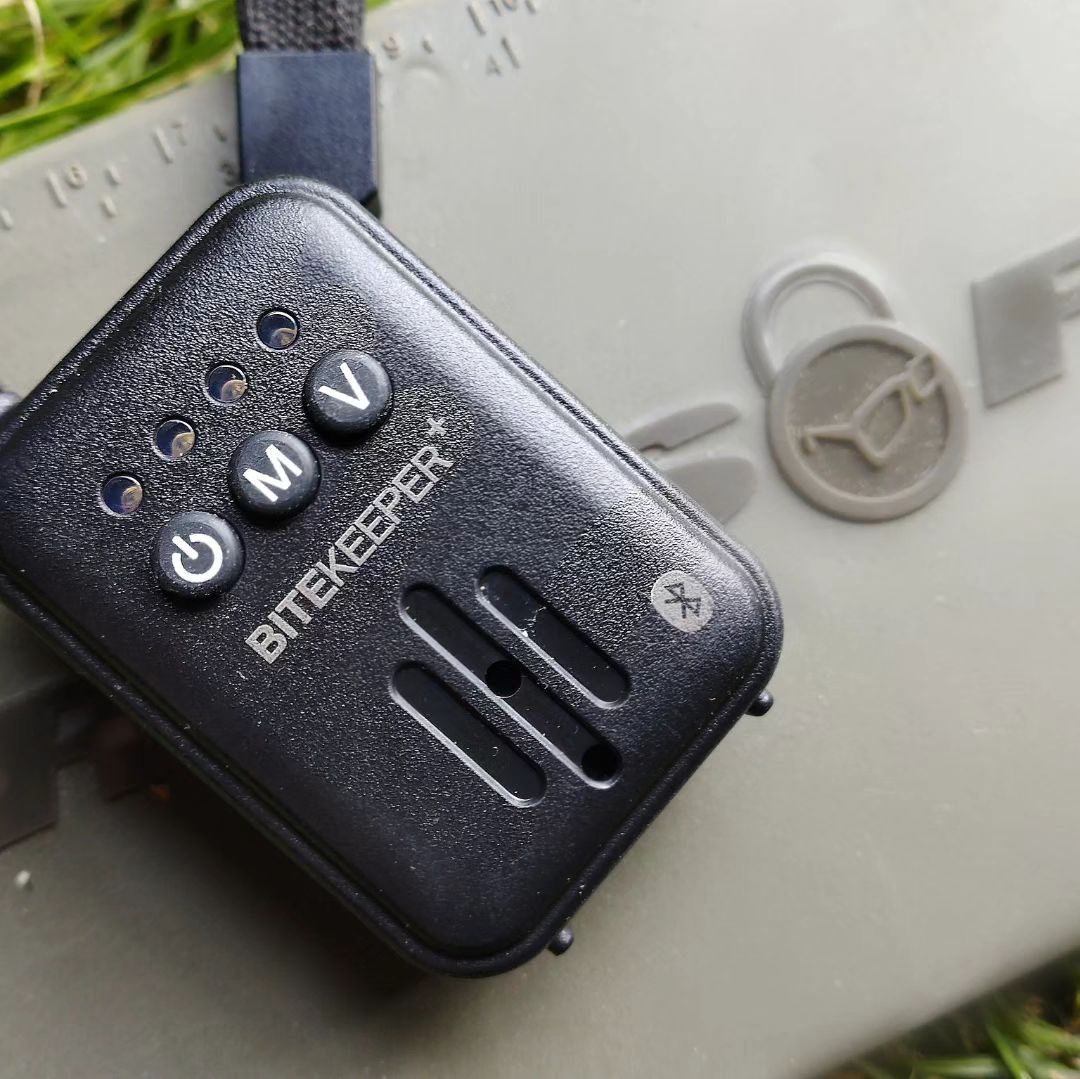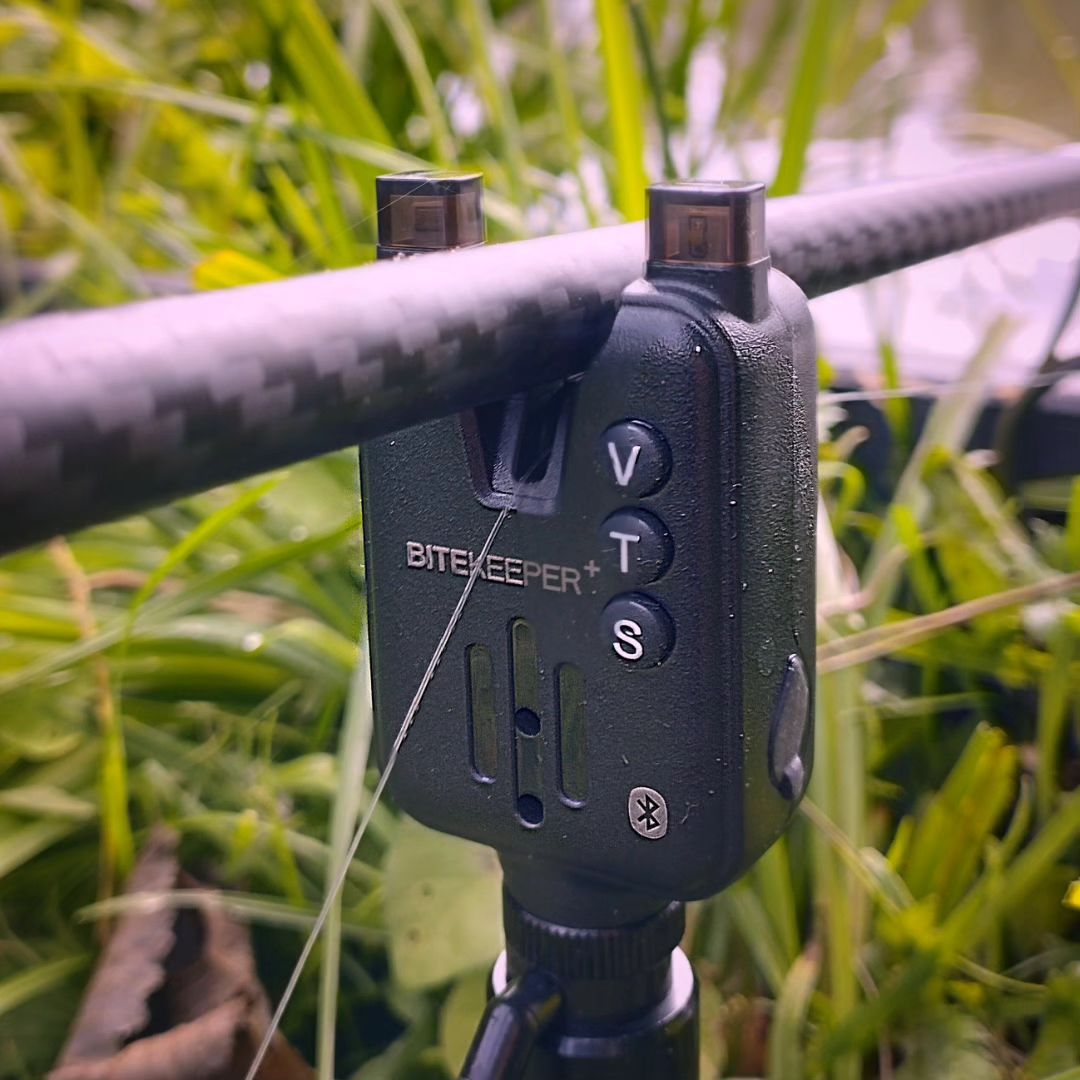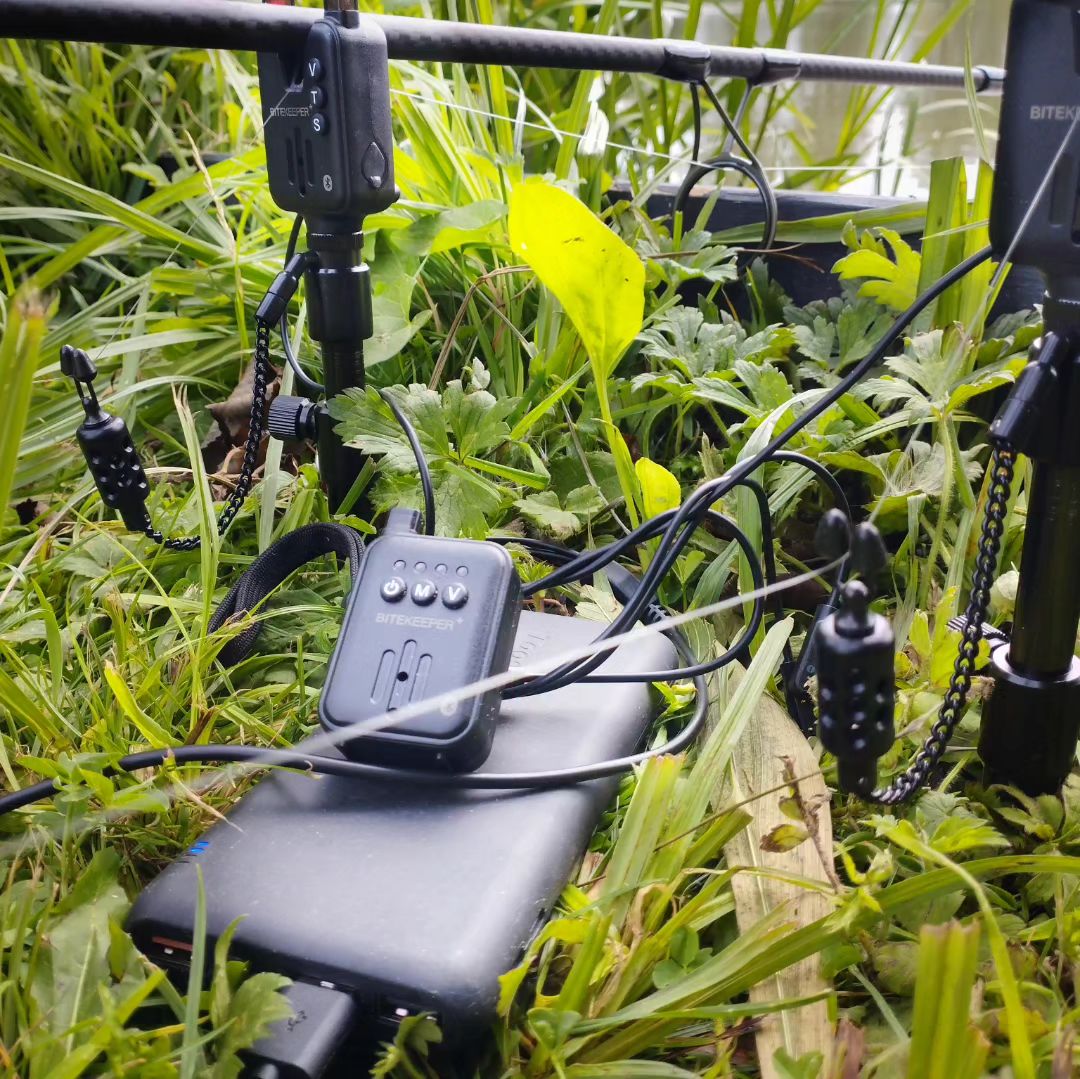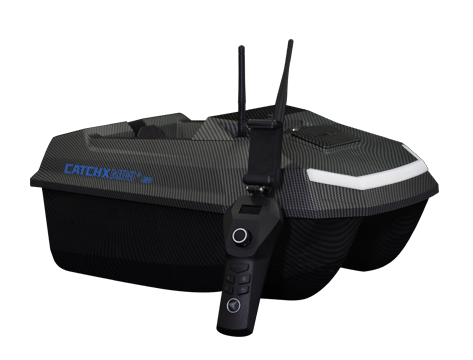Mastering the Art of Bite Alarm Set Up for Successful Carp Fishing
When it comes to carp fishing, having a well-planned and properly set-up bite alarm system can significantly enhance your angling experience. Bite alarms are valuable tools that help anglers detect even the subtlest movements of the line, ensuring timely and accurate indication of fish bites. In this comprehensive guide, we will walk you through the step-by-step process of setting up a bite alarm for carp fishing, providing you with the knowledge to optimize your chances of landing that prized catch.

I. Understanding Bite Alarms: An Introduction
Before delving into the intricacies of bite alarm setup, it is important to comprehend the basics of these essential angling accessories. Bite alarms, such as carp alarms with receiver, are electronic devices designed to alert anglers when a fish takes the bait. Typically, a bite alarm set consists of a sensor and a receiver. The sensor is connected to the fishing rod or line, detecting movements or vibrations caused by fish bites. When a fish tugs on the line, the sensor triggers the alarm, transmitting signals to the receiver, which notifies the angler through audio or visual cues. Thus, the proper positioning and calibration of the bite alarm system is key to ensuring effective bite detection.

II. Step-by-Step Guide to Setting Up Your Bite Alarm System
1. Choosing the Right Bite Alarm System:
To maximize your chances of success, investing in a high-quality bite alarm system is crucial. Look for models that offer sensitivity adjustment, tone customization, and a reliable wireless receiver. Take into consideration the type of angling you will be primarily engaged in, as different carp fishing techniques may require specific alarm features.
2. Mounting the Bite Alarm:
Once you have chosen a bite alarm system, the first step is to securely mount it on your fishing rod. Most bite alarms are designed to be clamped or attached to the rod using specialized brackets or rubber bands. Ensure that the alarm is aligned parallel to the rod and positioned towards the tip, allowing direct contact with the line for accurate bite detection.
3. Adjusting Sensitivity:
After mounting the bite alarm, it is essential to fine-tune its sensitivity according to the water and fishing conditions. Sensitivity levels can vary from alarm to alarm, but the general principle is to avoid false or unnecessary alarms caused by excessive sensitivity. Begin by setting it at a medium level and experiment with adjustments until you find the sweet spot where it detects genuine bites effectively without being triggered by natural water movement or wind.

III. Calibrating Your Bite Alarm System for Optimal Performance
1. Testing the Bite Alarm:
With your bite alarm mounted and sensitivity adjusted, it's time to test its functionality. Place a small weight or object that simulates the weight of a fish on the line, allowing it to move slightly. Observe if the fish bite alarm picks up the movement and triggers an alert through the receiver. If it fails to do so, double-check the connections, battery life, or sensitivity settings to ensure everything is in working order.
2. Fine-tuning Tone and Volume:
Customizing the tone and volume of the bite alarm adds a personal touch to your fishing experience while ensuring you can detect fish bites promptly. Experiment with different tones or melodies until you find one that is distinct and easily recognizable amidst the ambient noise. Adjust the volume accordingly to suit your preference and environmental conditions, keeping it loud enough to be heard but not overly disruptive.
IV. Make the Most of Your Bite Alarm System: Tips and Best Practices
1. Positioning for Optimal Detection:
While setting up your bite alarm, it is essential to consider the positioning of multiple rods if you plan to use a rod pod or stake. Ensure enough space between the rods to avoid entanglement and allow the alarms to independently detect fish bites. Additionally, set the alarm system away from areas prone to water splashes but still close enough to ensure timely response when a fish takes the bait.
2. Utilizing a Wireless Receiver:
Wireless receivers are valuable accessories that extend the range of your bite alarm system, enabling you to monitor multiple rods simultaneously. Attach the wireless receiver to your clothing or fishing bag, allowing you to move freely and explore your fishing spot without losing contact with your alarms. Some receivers also offer advanced features like temperature readings, battery indicators, and vibration alerts, further enhancing your angling experience.
3. Regular Maintenance and Battery Care:
To ensure your bite alarm system keeps performing optimally, regular maintenance is essential. Clean the sensors and indicators to remove any debris or moisture that may hinder their functionality. Additionally, regularly check the battery levels of both fishing bite alarms and wireless receivers to avoid unexpected power failures during your fishing sessions. Keeping spare batteries on hand is always a wise choice.
Mastering the art of bite alarm set up is a game-changer for carp fishing enthusiasts. By understanding the basics, following the step-by-step guide, and implementing the mentioned tips and best practices, you'll be well-equipped to set up a bite alarm system that optimizes your chances of landing those sought-after carp. Remember, the key lies in finding the right balance between sensitivity, customization, and thoughtful positioning. With experience, patience, and a well-calibrated bite alarm system, you're on your way to angling success like never before.























